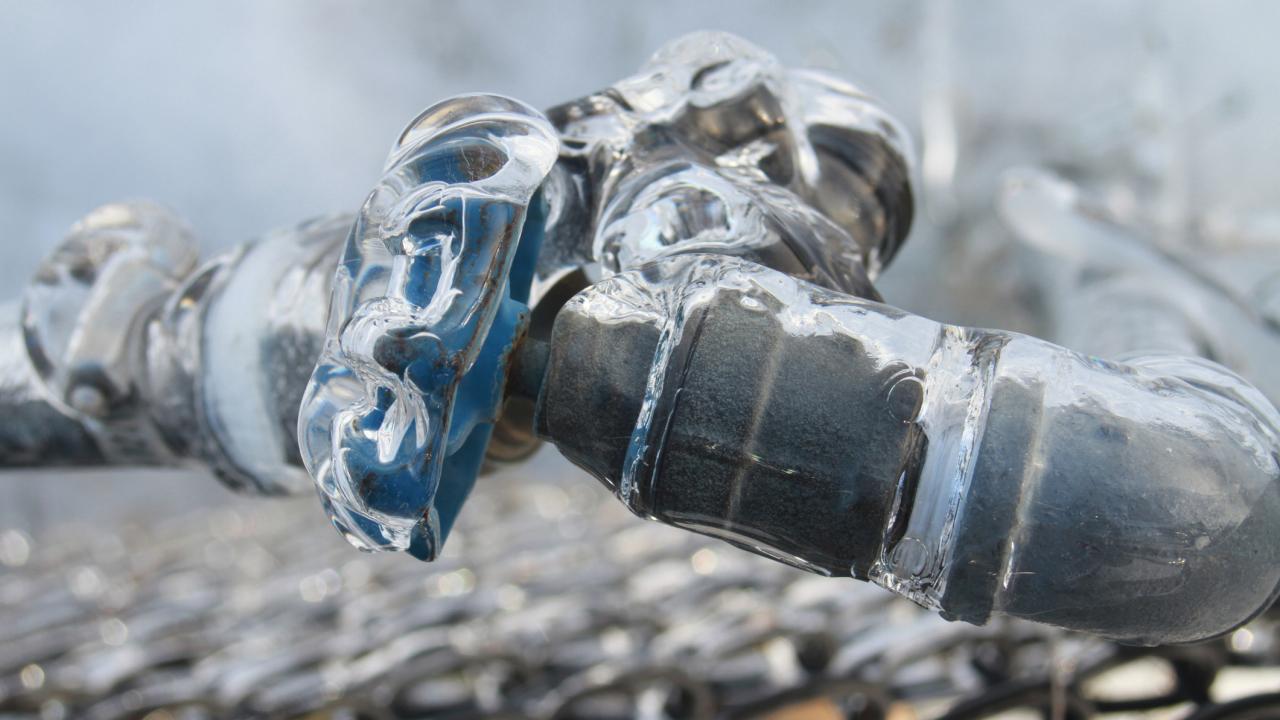Just how do you really feel on the subject of 6 Ways to Prevent Frozen Pipes?

Cold weather can ruin your pipes, especially by freezing pipes. Below's how to stop it from taking place and what to do if it does.
Introduction
As temperature levels drop, the risk of frozen pipes boosts, possibly leading to expensive repair work and water damages. Comprehending just how to avoid icy pipes is critical for property owners in cool climates.
Prevention Tips
Shielding vulnerable pipes
Wrap pipes in insulation sleeves or make use of warmth tape to protect them from freezing temperatures. Focus on pipes in unheated or outside areas of the home.
Heating methods
Keep interior spaces effectively warmed, specifically locations with plumbing. Open cupboard doors to allow cozy air to distribute around pipes under sinks.
How to determine icy pipes
Search for decreased water flow from faucets, unusual smells or noises from pipelines, and visible frost on revealed pipelines.
Long-Term Solutions
Architectural adjustments
Take into consideration rerouting pipelines far from outside walls or unheated areas. Include additional insulation to attic rooms, cellars, and crawl spaces.
Updating insulation
Purchase top notch insulation for pipelines, attics, and wall surfaces. Proper insulation assists maintain constant temperature levels and decreases the threat of frozen pipes.
Shielding Outdoor Plumbing
Garden pipes and exterior taps
Disconnect and drain garden hose pipes before wintertime. Mount frost-proof faucets or cover exterior taps with shielded caps.
Recognizing Icy Pipelines
What creates pipelines to freeze?
Pipes freeze when revealed to temperature levels listed below 32 ° F (0 ° C) for prolonged periods. As water inside the pipes ices up, it broadens, putting pressure on the pipe wall surfaces and possibly triggering them to burst.
Risks and damages
Frozen pipelines can result in water system interruptions, home damage, and costly fixings. Ruptured pipelines can flood homes and cause comprehensive architectural damages.
Indicators of Frozen Water Lines
Identifying frozen pipes early can avoid them from rupturing.
What to Do If Your Pipes Freeze
Immediate activities to take
If you presume icy pipelines, keep faucets open to alleviate pressure as the ice thaws. Utilize a hairdryer or towels soaked in hot water to thaw pipes slowly.
Final thought
Preventing icy pipes requires aggressive measures and quick actions. By understanding the reasons, indicators, and safety nets, home owners can shield their pipes throughout winter.
6 Proven Ways to Prevent Frozen Pipes and Protect Your Home
Disconnect and Drain Garden Hoses
Before winter arrives, start by disconnecting your garden hoses and draining any remaining water. Close the shut-off valves that supply outdoor hose bibs and leave the outdoor faucet open to allow any residual water to drain. For extra protection, consider using faucet covers throughout the colder months. It’s also important to drain water from any sprinkler supply lines following the manufacturer’s directions.
Insulate Exposed Pipes
Insulating your pipes is an effective way to prevent freezing. Pipe insulation is readily available at home improvement stores and is relatively inexpensive. Pay close attention to pipes in unheated areas such as the attic, basement, crawl spaces, or garage. Apply foam insulation generously to create a buffer against the cold. You can also wrap your pipes in heat tape or thermostat-controlled heat cables for added warmth.
Seal Air Leaks
Inspect your home for any cracks or openings that could let in cold air. Seal any holes around the piping in interior or exterior walls, as well as the sill plates where your home rests on its foundation. Additionally, make sure to keep your garage door closed unless you’re entering or exiting. Leaving it open creates a significant air leak that can lead to frozen pipes.
Allow Warm Air Circulation
During cold snaps, it’s essential to allow warm air to circulate evenly throughout your home. Leave interior doors ajar to promote better airflow. Open kitchen and bathroom cabinets to help distribute heat consistently around the rooms. If you have small children or pets, be sure to remove any household chemicals or potentially harmful cleaners from open cabinets for safety.
Let Faucets Drip
A small trickle of water can make a big difference in preventing ice formation inside your pipes. When temperatures drop significantly, start a drip of water from all faucets served by exposed pipes. This continuous flow helps prevent the water from freezing. Additionally, running a few faucets slightly can relieve pressure inside the pipes, reducing the chances of a rupture if the water inside does freeze.
https://choateshvac.com/6-proven-ways-to-prevent-frozen-pipes-and-protect-your-home/

I was brought to that article about Helpful Tips to Prevent Frozen Pipes this Winter through an associate on our other web page. You should set aside a second to share this write-up if you liked it. Thank you for your time. Please come visit our blog back soon.
Get A Free Estimate